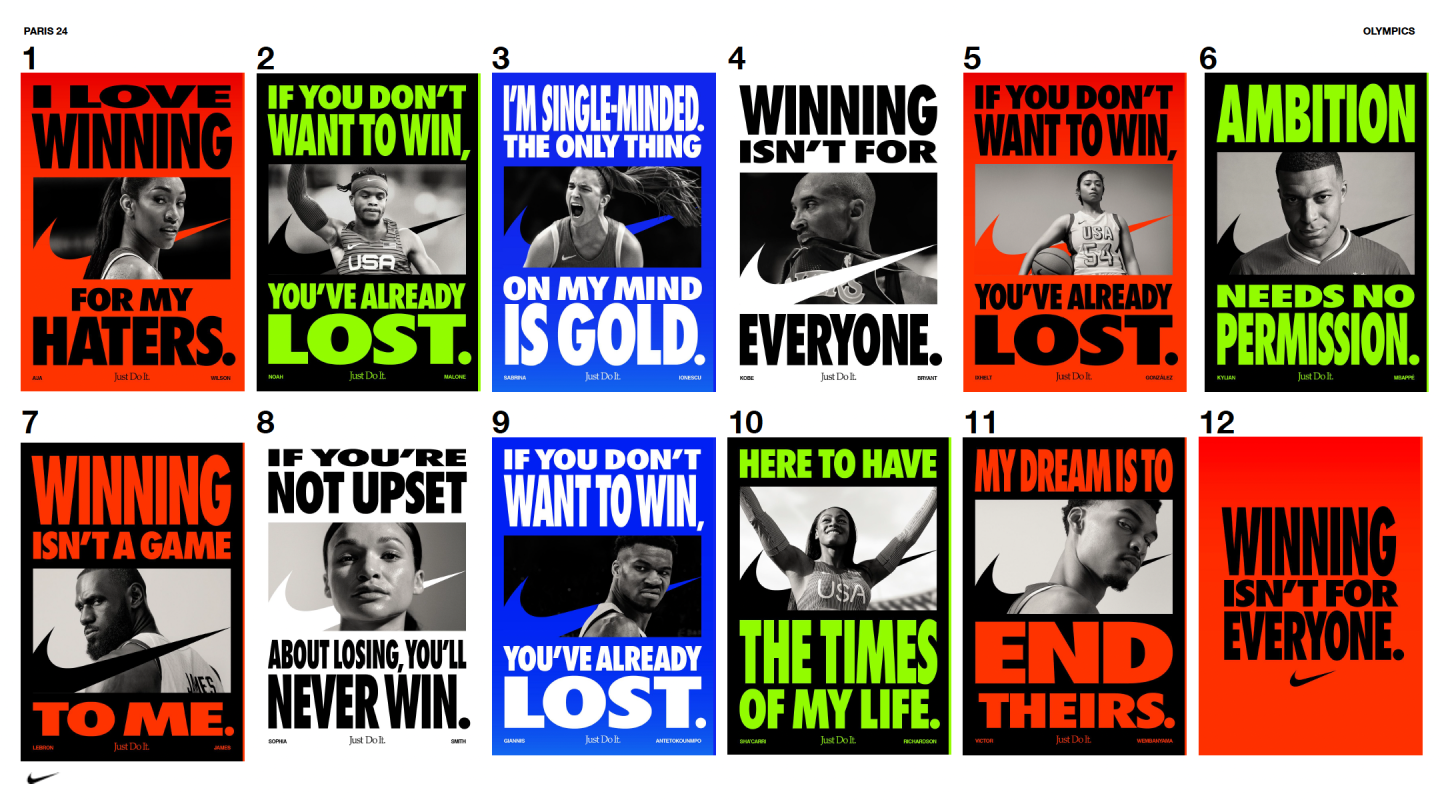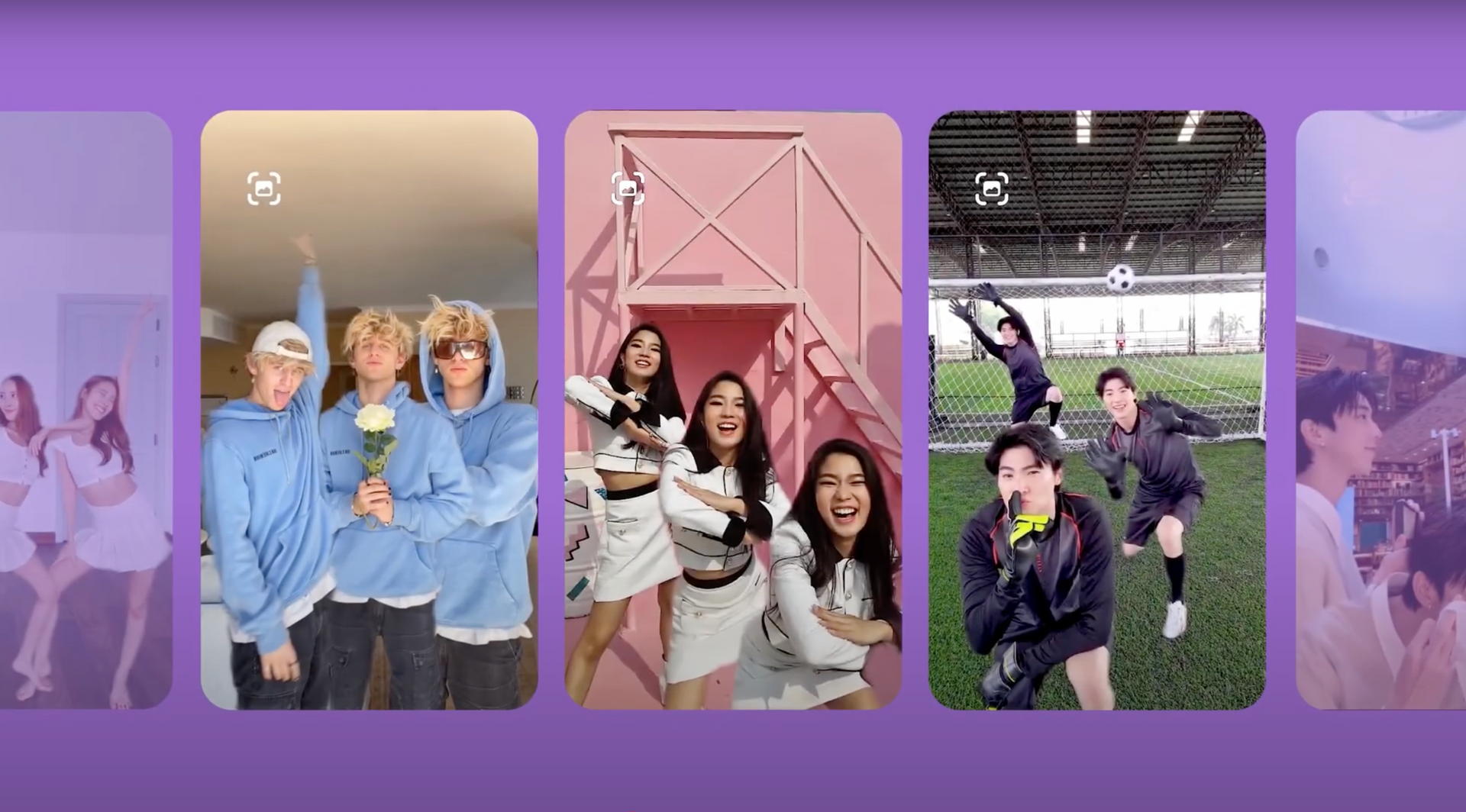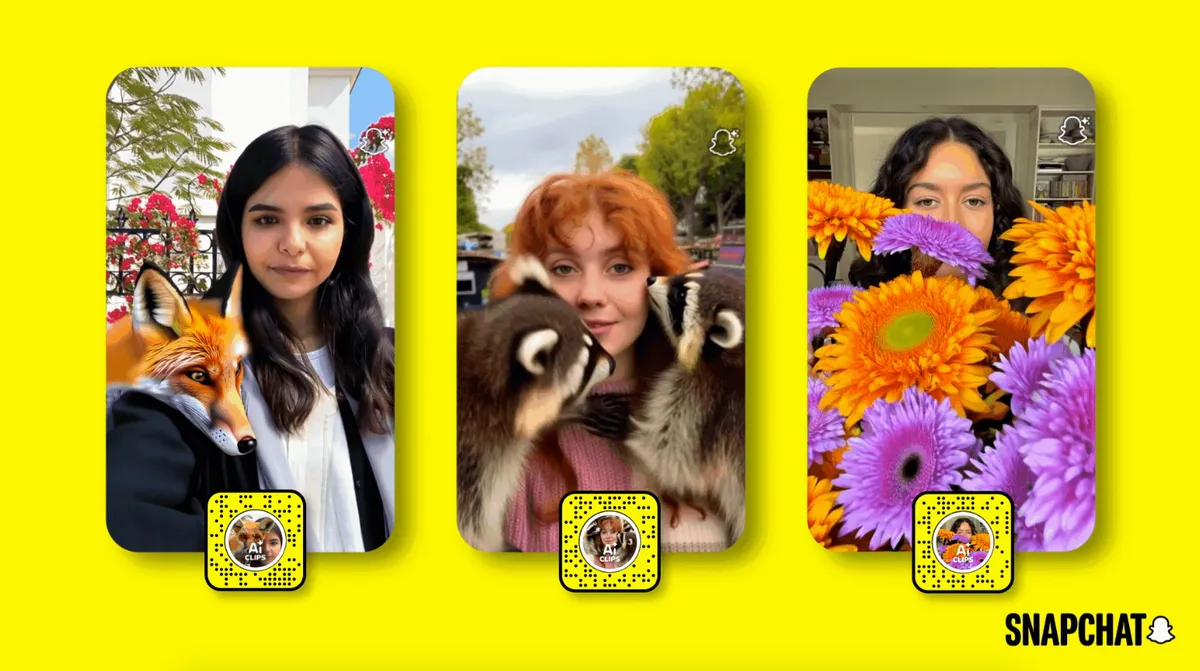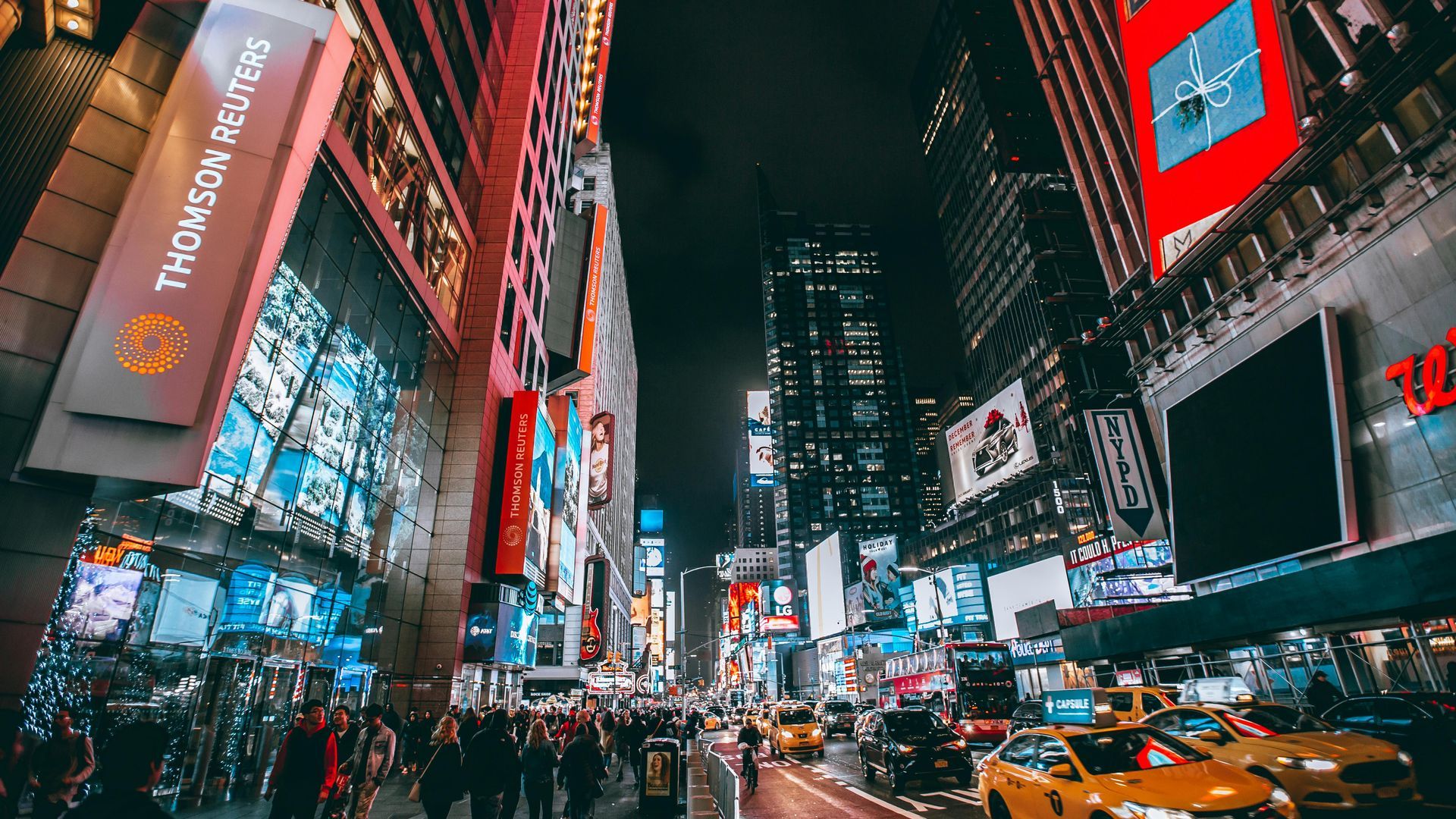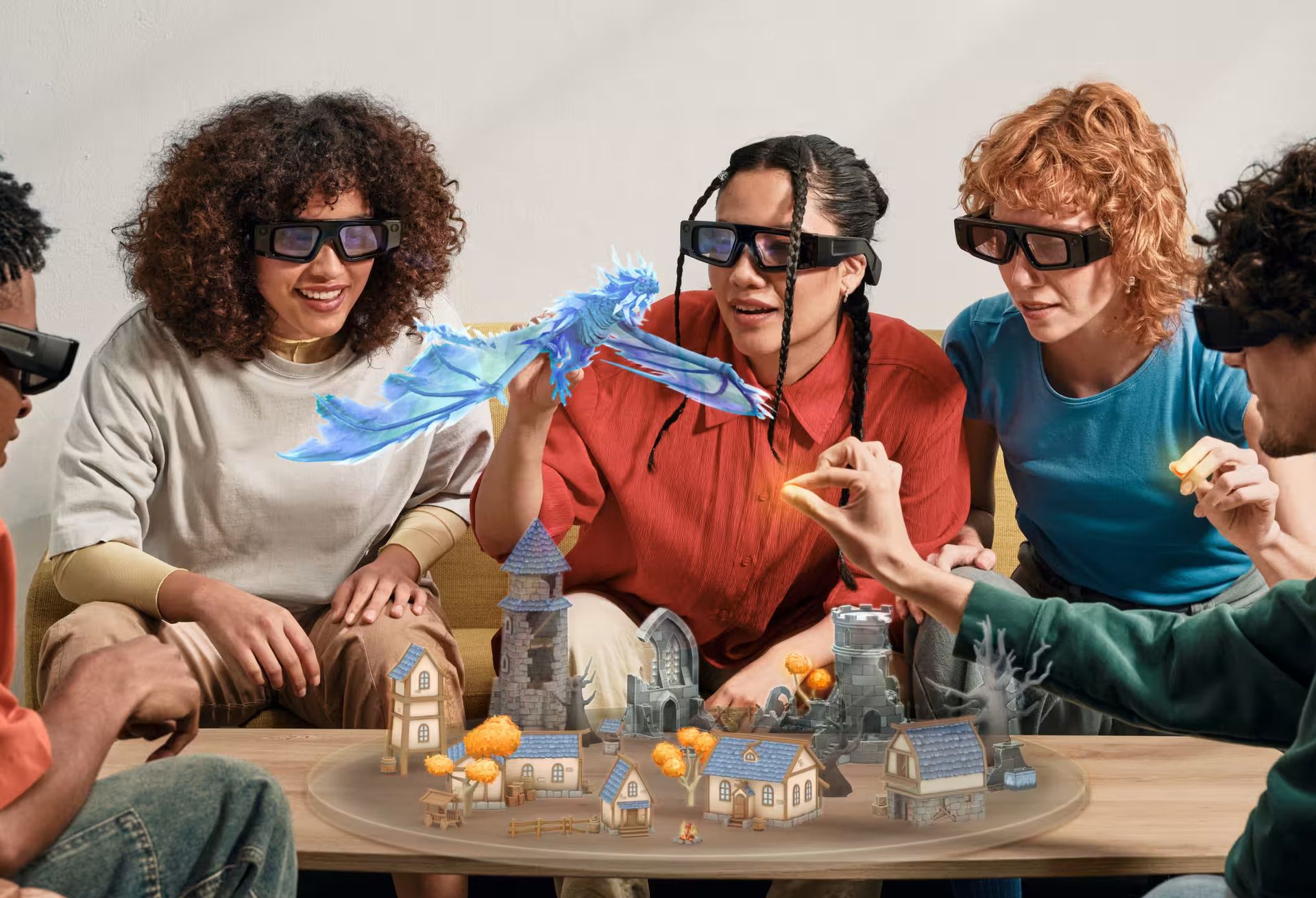Augmented Reality Watch Try-Ons: Enhancing the Online Shopping Experience
The retail landscape continuously evolves, driven by technological advancements that aim to enhance the online shopping experience. Augmented Reality (AR) has emerged as a game-changer in this regard, particularly for the luxury watch industry. AR watch try-ons are revolutionizing how customers interact with brands, driving sales, reducing product returns, and increasing customer satisfaction. This article explores the transformative impact of AR watch try-ons on the watch industry, detailing how this technology offers a competitive edge to brands while improving customer experiences.
Transforming the Luxury Watch Shopping Experience
Augmented reality watch try-ons allow customers to try on watches from the comfort of their homes virtually, bridging the gap between online and offline shopping experiences. This innovative technology overlays a digital image of the watch onto the customer’s wrist, using the smartphone’s camera, providing a realistic view of how the watch looks and fits. For luxury watch brands known for their meticulous design and the importance of fit and style, AR try-ons can significantly enhance the purchasing decision process.
Building Trust with High-Fidelity Visualizations
Trust is paramount in the luxury watch market, where purchases are significant investments. Augmented reality helps build this trust by providing high-fidelity visualizations that leave little room for uncertainty about appearance and quality. By using AR to show how a watch looks in various light settings or from different angles, brands can ensure that the online images are not misleading, which is often a concern with high-value items. This transparency helps build consumer trust and reduces the anxiety associated with expensive online purchases.
Boosting Sales and Conversion Rates
The introduction of AR try-ons in the watch industry has proven a highly effective sales tool. By allowing customers to see how a watch would look on their wrist, AR helps demystify online shopping, where the inability to try on products often leads to hesitation in making high-value purchases. With AR technology, customers can experiment with different styles and sizes, which helps them make a more informed decision. This confidence boost drives sales and increases conversion rates as customers are less likely to abandon their carts.
Reducing Returns and Increasing Customer Satisfaction
One of the perennial challenges of online shopping is the high rate of returns, often due to customers' dissatisfaction with the product upon delivery. AR watch try-ons tackle this issue head-on by ensuring customers know exactly what they purchase. This accuracy in expectations management significantly reduces the likelihood of returns, thereby saving retailers costs and enhancing customer satisfaction. Customers feel more confident in their purchase, knowing that the product they are buying is right for them.
Integrating with E-commerce Platforms
To maximize the impact of AR watch try-ons, many luxury watch brands are integrating this technology directly into their e-commerce platforms. This integration allows customers to switch seamlessly between trying on different watch models and reading detailed product descriptions and reviews. It also simplifies purchasing, as customers can add items to their cart directly from the AR interface. By integrating AR into their e-commerce systems, watch brands are enhancing the user experience and creating a more streamlined path to purchase, which can significantly boost online sales.
Leveraging Data for Better Insights
Beyond the immediate visual and interactive benefits, AR watch try-ons provide brands with valuable data on consumer preferences and behaviors. Brands can track which models are tried on most frequently and which features prompt more prolonged engagement. This data is instrumental in shaping future designs and marketing strategies, allowing brands to tailor their offerings more closely to customer preferences. As data analytics integrates further with AR technologies, watch brands will gain increasingly sophisticated tools to optimize their portfolios and marketing tactics dynamically.
Encouraging Social Sharing and Engagement
Social media continues to influence consumer behavior significantly, and AR watch try-ons are highly shareable content. Brands often encourage users to share their virtual try-on experiences on social media, increasing brand visibility and engagement. This social sharing acts as an organic endorsement, particularly valuable when influential personalities or satisfied customers share their positive experiences. Moreover, these shared experiences can virally introduce brands to potential new customers, who may see the shared content and be prompted to explore more on their own.
Conclusion
Augmented reality watch try-ons represent a significant technological leap in the luxury watch market. By enhancing the online shopping experience, increasing sales, reducing returns, and providing a competitive edge, AR try-ons are set to become a standard feature in the industry. As brands continue to innovate, the integration of AR technologies is expected to deepen, providing even richer customer experiences and opening new avenues for engagement and sales in the luxury watch sector.
TALK TO A PRO
We're here to bring your brand to life!
Stay Connected with BrandXR
Create Augmented Reality for Free!
Create, Publish, and Measure 3D Augmented Reality Experiences Without Having to Code.

